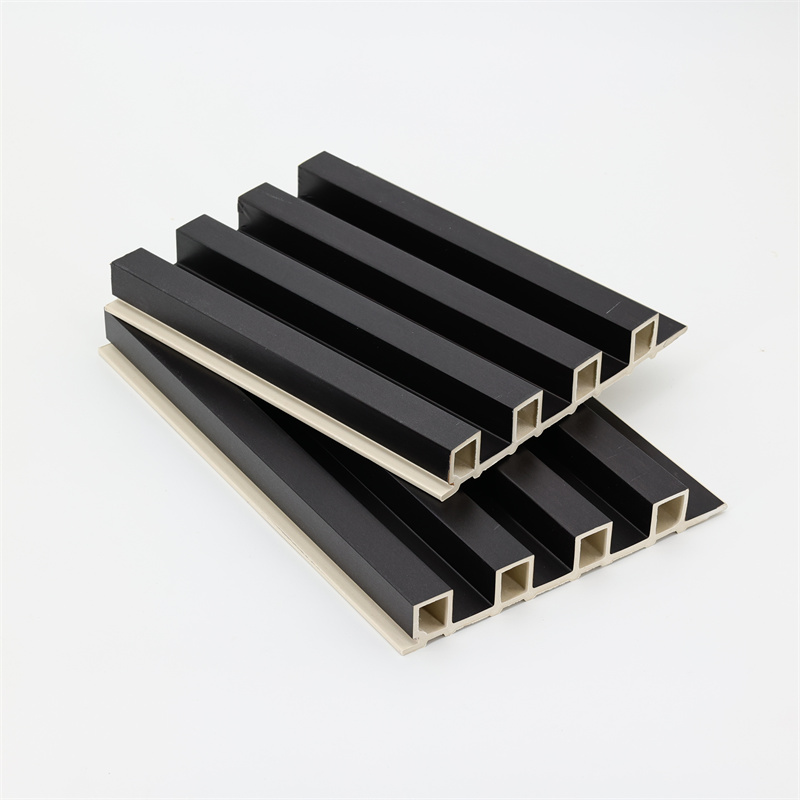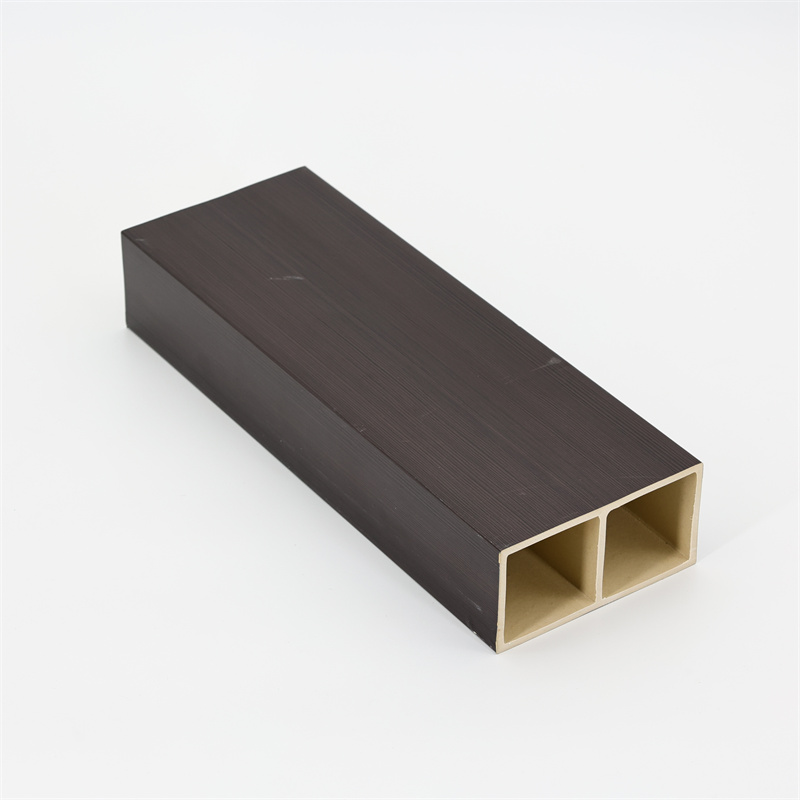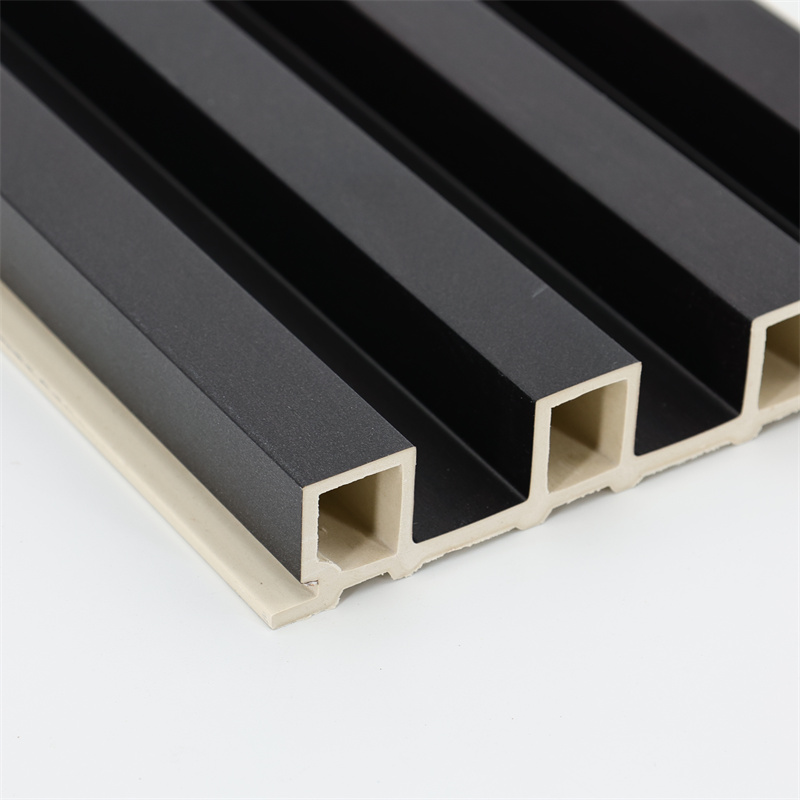
As the world becomes increasingly conscious of environmental sustainability, eco-friendly building materials are gaining popularity.
Wood-Plastic Composite (WPC) wall panels offer an elegant solution that combines aesthetics with sustainable advantages.
In this article, we will delve into the eco-friendly features of WPC wall panels, exploring their composition, manufacturing processes, and benefits.
From understanding the role of manufacturers and suppliers to considering the price and factory practices, we will highlight the sustainable advantages that make WPC wall panels an excellent choice for environmentally conscious individuals.
I.The Sustainable Nature of WPC Wall Panels
WPC wall panels are crafted using a combination of wood fibers or flour and recycled thermoplastic materials such as polyethylene, polypropylene, or PVC.
The use of recycled materials helps reduce the demand for virgin plastic and decreases the amount of waste that ends up in landfills.
By incorporating recycled materials into their composition, WPC panels contribute to the sustainable utilization of resources.
WPC wall panels provide an eco-friendly alternative to traditional wood materials, reducing the need for deforestation.
The use of wood fibers or flour derived from sustainably managed forests or even recycled wood products helps preserve natural resources and protect forest ecosystems.
By choosing WPC panels, individuals can actively contribute to the conservation of forests and biodiversity.

II. Manufacturing Processes: Energy Efficiency and Waste Reduction
Reputable manufacturers employ energy-efficient production processes when manufacturing WPC wall panels.
Advanced techniques such as extrusion and molding utilize less energy compared to traditional manufacturing methods.
By reducing energy consumption during production, WPC panels help lower carbon emissions and minimize the environmental impact associated with manufacturing.
Efficient manufacturing processes also contribute to waste reduction.
Manufacturers strive to optimize the use of materials, minimizing waste during production.
Any excess material generated during the manufacturing process can often be recycled and reused, further reducing waste sent to landfills.
By minimizing material waste, WPC wall panels support the principles of a circular economy.
III. Benefits of WPC Wall Panels for Sustainable Living
WPC wall panels are known for their durability and longevity.
Unlike traditional wood materials, they are resistant to rot, decay, and pests.
The extended lifespan of WPC panels reduces the need for frequent replacements, resulting in fewer resources being consumed over time.
This durability aspect contributes to a more sustainable and eco-friendly solution for interior and exterior wall cladding.
WPC wall panels require minimal maintenance, reducing the use of water and chemicals compared to other wall cladding options.
Unlike wood materials, they do not need frequent painting, staining, or sealing.
The low maintenance nature of WPC panels saves valuable resources and minimizes the environmental impact associated with maintenance activities.
At the end of their lifespan, WPC wall panels can often be recycled, closing the material loop and minimizing waste.
The recycling process involves grinding down the panels and reusing the materials in new products.
This practice reduces the demand for virgin materials and decreases the environmental burden associated with the disposal of old panels.

IV. Price Considerations and Supplier Selection
When considering the price of WPC wall panels, it is important to balance cost and the long-term value they provide.
While WPC panels may have a slightly higher upfront cost compared to certain materials, their durability and low maintenance requirements can result in significant cost savings over time.
Additionally, the sustainable advantages and environmental benefits of WPC panels should be factored into the overall value equation.
When purchasing WPC wall panels, it is crucial to select suppliers who adhere to sustainable practices.
Look for manufacturers and suppliers who prioritize environmentally responsible sourcing, manufacturing processes, and waste management.
Reputable suppliers often provide information on their sustainability initiatives, certifications, and compliance with environmental standards.
By choosing responsible suppliers, individuals can further support the sustainability aspect of WPC wall panels.
WPC wall panels offer a sustainable and elegant solution for interior and exterior wall cladding.
Their composition, manufacturing processes, and numerous benefits make them a compelling choice for eco-conscious individuals.
By utilizing recycled materials, reducing deforestation, implementing energy-efficient manufacturing processes, and providing long-lasting performance, WPC panels contribute to a greener and more sustainable future.
When considering WPC wall panels, it is important to factor in price and select suppliers who prioritize sustainability.
Embrace the eco-friendly elegance of WPC wall panels and create a beautiful living or working space while minimizing your environmental footprint.